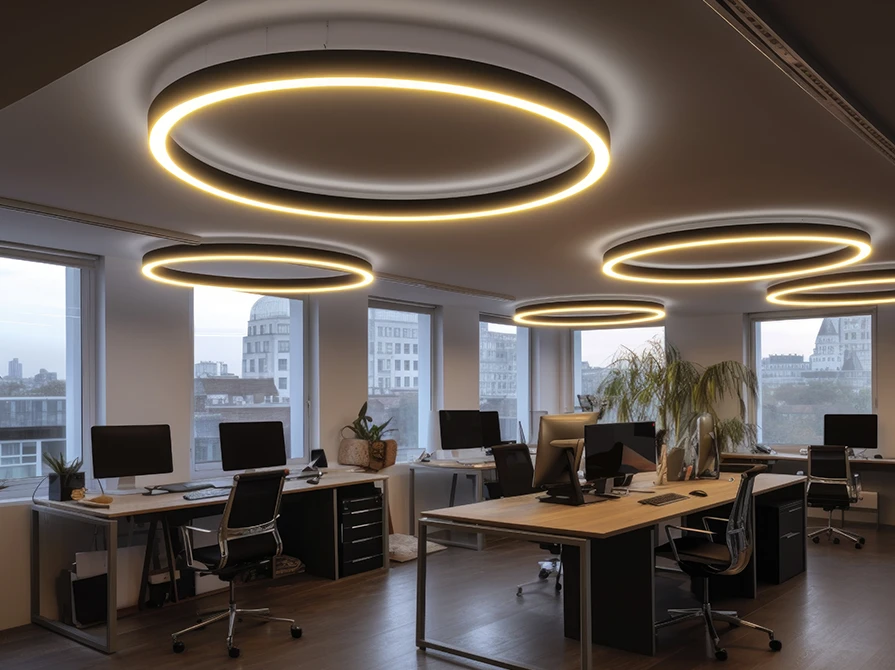


It doesn’t matter which lighting technology you use, the ability to control the output of any light source is of utmost importance. More often than not, dimming is used to accomplish the said goal. Now, what is dimming? Well, dimming refers to the operation of adjusting the lumen output or changing the brightness of a light source. It has several benefits such as creating ambience by adjusting the light levels, reducing energy consumption, improving the longevity of light sources, and thus helping to reduce your electricity bills.
LED dimmers work by creating a dimming effect. Unlike its traditional counterparts such as incandescent, dimmable LED bulbs don’t rely on voltage to showcase their level of brightness. Instead, they rely on a cycle of being on and off. These cycles operate in milliseconds, so you won’t even notice them turning on or off.
The significance of LED dimming is beyond what you could ever imagine. Nowadays, the lighting revolution is spurred on by LED technology. With LED’s superior controllability and its capability to accommodate the integration of processors, sensors, and network interface leads to flexible, adaptive, and intelligent lighting. The dimming technology is ubiquitously consumed to further unlock the true power of LED lighting, mentioned below:
LED dimming help to maximize the energy efficiency of luminaires by emitting the right amount of light. Apart from light management, an opportunity exists to save energy and reduce operating costs with the help of automated controls. Interfacing with a building management system (BMS) or even a home automation system helps enable the programmed adjustment of light output. When you integrate that with vacancy and occupancy sensors, photosensors, it allows dimming operation to get automatically triggered.
Dimming controls play a significant role in the lighting design process. The lighting designers can create dynamic layers of light, reinforce the design aesthetics, enhance comfort when you have variable light output in place. You can find dimming light being used in spaces where flexibility is of utmost priority and the ability to create different scenes is required, such as in offices. When you adjust the intensity of luminaries, it helps create an environment that is the most sought-after throughout the day. In addition to that, dimming is capable of altering the composition of light depending on your mood and requirement.
The discovery of the biological influence from light led to the invention of the concept of human-centric lighting. So, what it does is - simulates the intensity and quality of natural light throughout the day to support the human circadian rhythm and also keep the natural melatonin production in balance. Furthermore, it imitates the natural daylight in an indoor environment and provides you with the perfect lighting effect which leads to high performance. For instance, inSync™ i.e human-centric lighting solution by Wipro Lighting is considered as one the best indoor lighting solutions which does a great job of uplifting mood, increasing energy levels, and improves concentration.
The aforementioned were some of the benefits of dimming light. Here’s hoping that this article provided you with a better understanding of the same.







